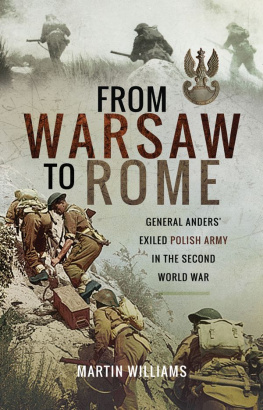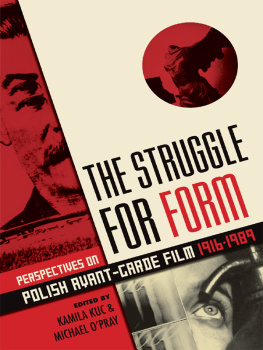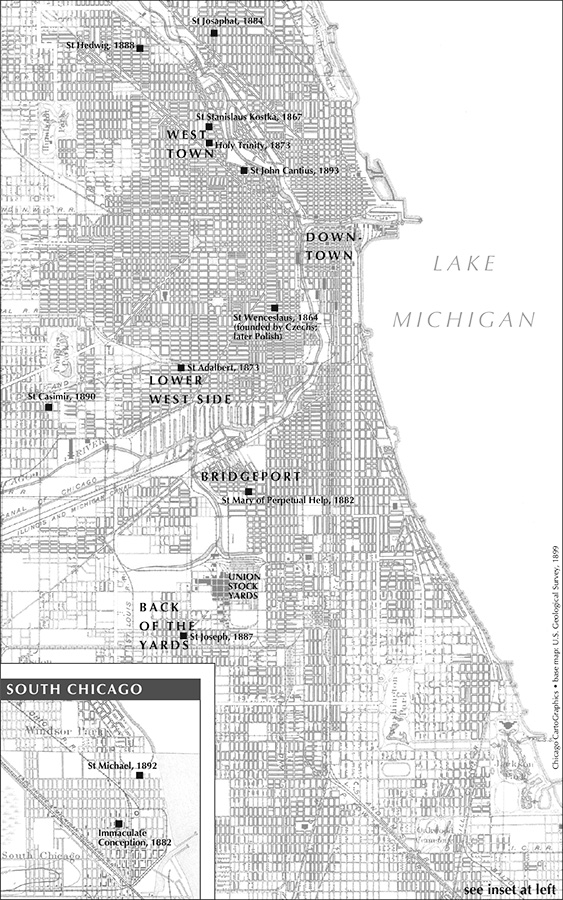Dominic A. Pacyga - American Warsaw: The Rise, Fall, and Rebirth of Polish Chicago
Here you can read online Dominic A. Pacyga - American Warsaw: The Rise, Fall, and Rebirth of Polish Chicago full text of the book (entire story) in english for free. Download pdf and epub, get meaning, cover and reviews about this ebook. year: 2019, publisher: University of Chicago Press, genre: Politics. Description of the work, (preface) as well as reviews are available. Best literature library LitArk.com created for fans of good reading and offers a wide selection of genres:
Romance novel
Science fiction
Adventure
Detective
Science
History
Home and family
Prose
Art
Politics
Computer
Non-fiction
Religion
Business
Children
Humor
Choose a favorite category and find really read worthwhile books. Enjoy immersion in the world of imagination, feel the emotions of the characters or learn something new for yourself, make an fascinating discovery.
- Book:American Warsaw: The Rise, Fall, and Rebirth of Polish Chicago
- Author:
- Publisher:University of Chicago Press
- Genre:
- Year:2019
- Rating:3 / 5
- Favourites:Add to favourites
- Your mark:
American Warsaw: The Rise, Fall, and Rebirth of Polish Chicago: summary, description and annotation
We offer to read an annotation, description, summary or preface (depends on what the author of the book "American Warsaw: The Rise, Fall, and Rebirth of Polish Chicago" wrote himself). If you haven't found the necessary information about the book — write in the comments, we will try to find it.
A comprehensive and engaging history of a century of Polish immigration and influence in Chicago.
Every May, a sea of 250,000 people decked out in red and white head to Chicagos Loop to celebrate the Polish Constitution Day Parade. In the city, you can tune in to not one but four different Polish-language radio stations or jam out to the Polkaholics. You can have lunch at pierogi food trucks or pick up pczkis at the grocery store. And if youre lucky, you get to take off work for Casimir Pulaski Day. For more than a century, Chicago has been home to one of the largest Polish populations outside of Poland, and the group has had an enormous influence on the citys culture and politics. Yet, until now, there has not been a comprehensive history of the Chicago Polonia.
With American Warsaw, award-winning historian and Polish American Dominic A. Pacyga chronicles more than a century of immigration, and later emigration back to Poland, showing how the community has continually redefined what it means to be Polish in Chicago. He takes us from the Civil War era until today, focusing on how three major waves of immigrants, refugees, and fortune seekers shaped and then redefined the Polonia. Pacyga also traces the movement of Polish immigrants from the peasantry to the middle class and from urban working-class districts dominated by major industries to suburbia. He documents Polish Chicagos alignments and divisions: with other Chicago ethnic groups; with the Catholic Church; with unions, politicians, and city hall; and even among its own members. And he explores the ever-shifting sense of Polsko, or Polishness.
Today Chicago is slowly being eclipsed by other Polish immigrant centers, but it remains a vibrantand sometimes contentiousheart of the Polish American experience. American Warsaw is a sweeping story that expertly depicts a people who are deeply connected to their historical home and, at the same time, fiercely proud of their adopted city. As Pacyga writes, While we were Americans, we also considered ourselves to be Poles. In that strange Chicago ethnic way, there was no real difference between the two.
Dominic A. Pacyga: author's other books
Who wrote American Warsaw: The Rise, Fall, and Rebirth of Polish Chicago? Find out the surname, the name of the author of the book and a list of all author's works by series.









 This paper meets the requirements of ANSI/NISO Z39.481992 (Permanence of Paper).
This paper meets the requirements of ANSI/NISO Z39.481992 (Permanence of Paper).